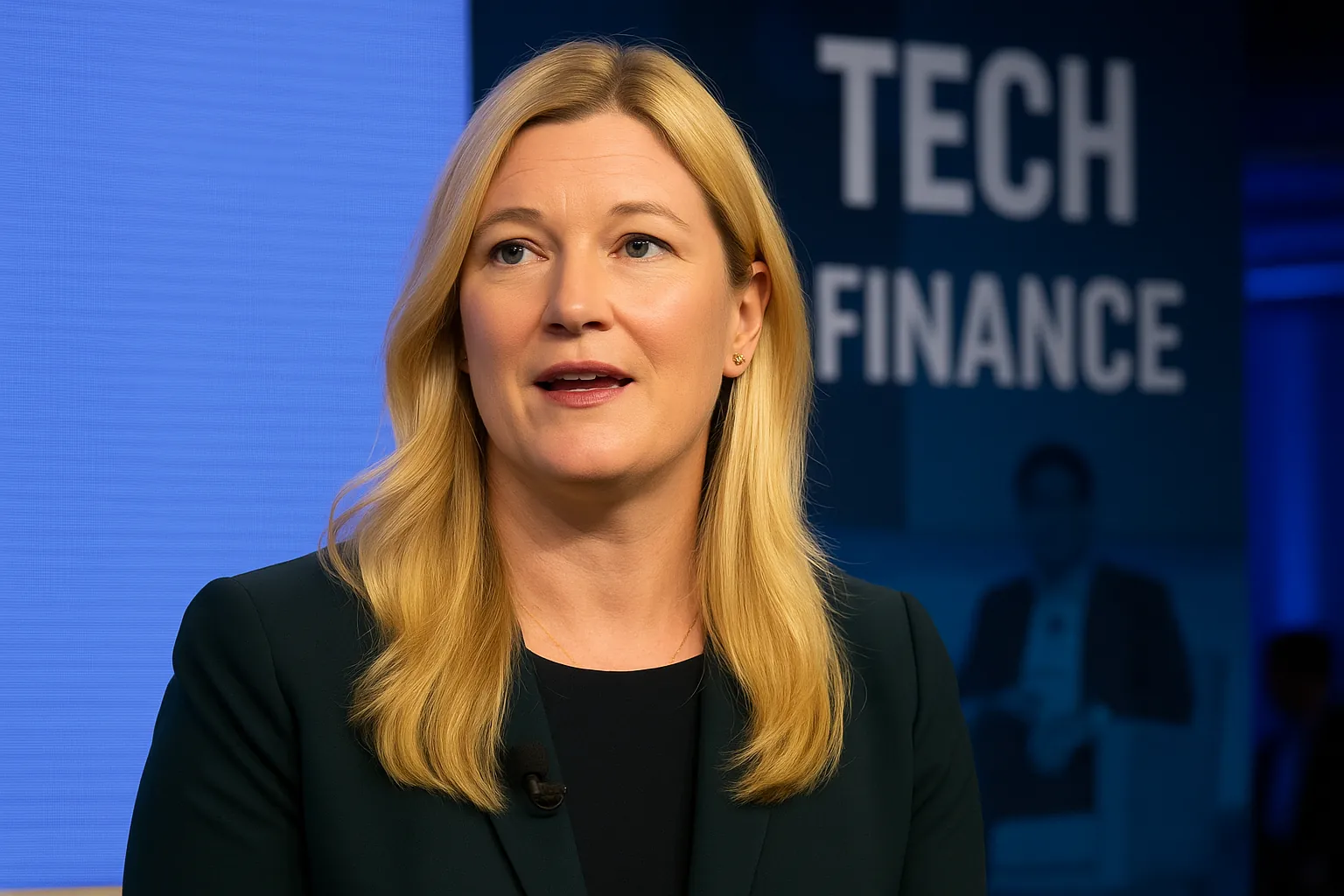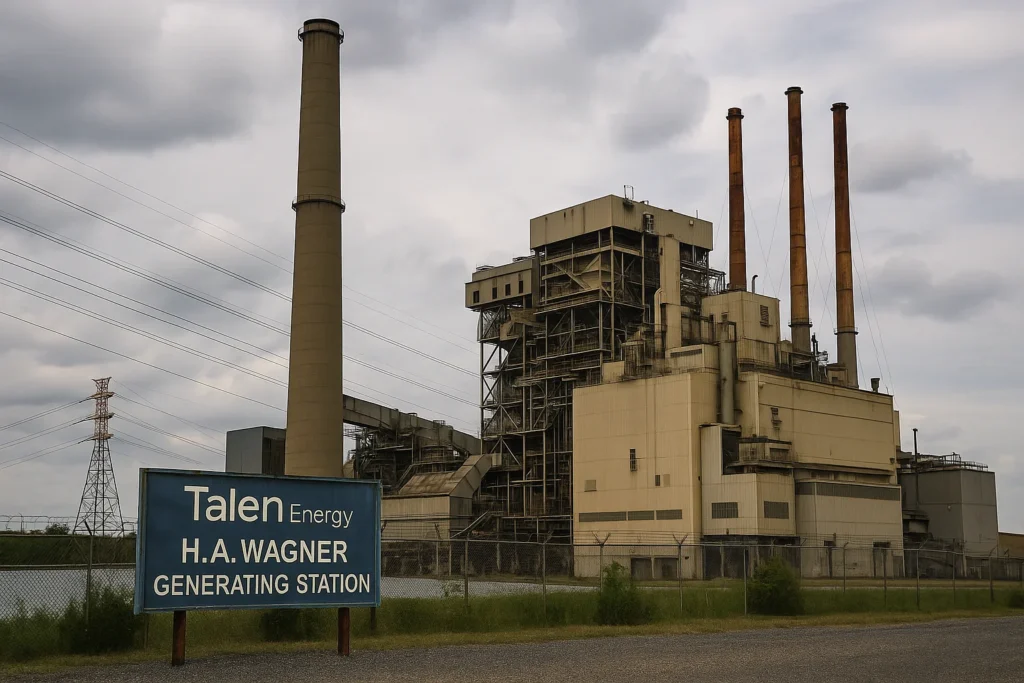Introduction
There was a time when Silicon Valley avoided politics. “Move fast and break things” was a slogan, not a manifesto. But in 2025, the mood has shifted. Technology has found its ideology — and it has a new face. Katherine Boyle, an investor at Andreessen Horowitz, calls it American dynamism, a creed that fuses free-market zeal with patriotic fervor. To her followers, she is the Phyllis Schlafly of the Tech Right: an articulate, ambitious woman reshaping capitalism into cultural crusade.
Tech Right 2025 isn’t about social media apps or venture returns. It’s about moral authority — about claiming that innovation, not democracy, is America’s truest religion.
Context: The Mainstream Narrative
The New York Times recently profiled Boyle as Silicon Valley’s emerging conservative star. In a landscape exhausted by polarization, she offers optimism: an America reinvigorated by builders, engineers, and private capital. Her “American Dynamism” portfolio at Andreessen Horowitz funds defense startups, space companies, energy ventures, and housing innovation — all framed as acts of national restoration.
In the mainstream view, Boyle’s thesis responds to real pain. Wages have stagnated, institutions ossified, and public trust collapsed. “We have lost the will to build,” Marc Andreessen wrote in 2020. Boyle’s mission, then, is not just to make money — but to manufacture faith.
To the press, she represents the “sensible right” of Silicon Valley: patriotic but pragmatic, visionary but disciplined. Yet few question the paradox at the heart of her movement — that billion-dollar funds now claim to speak for the working class.
Oppositional Argument: Capitalism’s New Priesthood
Strip away the PR gloss, and Tech Right 2025 looks less like renewal and more like consolidation. “American dynamism” packages the language of civic virtue into a marketing tool for private power.
Boyle’s rhetoric is strikingly moral. She speaks of “builders,” “nation,” “virtue,” and “destiny.” But these are not democratic terms — they are hierarchical. In her vision, the true citizens are founders and investors, the “makers” who restore vitality through market success. Everyone else — teachers, nurses, bureaucrats — are spectators.
It’s an updated form of techno-libertarian elitism disguised as populism. Where the old right relied on religion, the Tech Right relies on innovation. Both promise salvation; both fear equality.
Analytical Breakdown: The Economic Gospel of Dynamism
1. Venture Capital as Moral Vanguard
In Boyle’s essays, venture capital becomes more than finance — it becomes patriotic duty. Andreessen Horowitz markets itself as a kind of civic engine, filling the vacuum left by a failing government. But this is not charity. It’s substitution. The more the state retreats, the more legitimacy capital claims.
When Boyle invests in a drone startup or a defense AI firm, she frames it as nation-building. The result is a moral laundering of profit: every investment becomes a public good, every gain an act of virtue.
2. The Schlafly Paradox
Phyllis Schlafly, the conservative icon of the 1970s, mobilized women to defend traditional power structures that excluded them. Boyle performs the same rhetorical jiu-jitsu for the digital age. She uses feminist success — her own — to sell anti-egalitarian ideas.
To her admirers, she proves that women can lead in tech. To her critics, she shows that even progress can be weaponized. She preaches empowerment through hierarchy, a message tailor-made for a venture culture obsessed with winners.
3. State Failure as Business Opportunity
The Tech Right thrives on disillusionment. Every crisis becomes proof that “the system doesn’t work.” The 2020 pandemic exposed bureaucratic paralysis; infrastructure decay symbolized state decline. Boyle’s cure is private innovation. But every government failure she condemns becomes another market niche to exploit.
When the FAA can’t modernize air traffic control, invest in drones. When the Pentagon can’t innovate, invest in defense startups. When public housing fails, fund modular construction. Each weakness becomes a venture opportunity — and proof of capitalism’s superiority.
4. Ideological Capital Accumulation
The genius of Tech Right 2025 lies in its branding. Investors aren’t just funding startups; they’re funding meaning. “Build for America” sounds nobler than “maximize ROI.” It gives venture capital moral depth.
Andreessen Horowitz’s portfolio now reads like a policy agenda — autonomy, energy independence, supply chain resilience. But unlike government, the firm owes no public accountability. The ideology of dynamism reframes wealth as destiny.
Human Perspective: Builders, Dreamers, and Disciples
In Austin, Texas, a former aerospace engineer starts a manufacturing startup inspired by Boyle’s speeches. In Detroit, a 27-year-old coder leaves his job at Google to “build for America.” In Miami, a group of VCs hosts “builder dinners” where patriotism is served with venture cocktails.
To them, Boyle isn’t a financier; she’s a mentor. They believe she represents something missing in modern America: faith in motion, belief in progress.
But talk to small founders in Midwest towns, and you hear another story. They love the rhetoric — but the capital never reaches them. American dynamism, they say, funds hype, not heartland. It celebrates “builders” but invests in defense tech, not daycare.
Counterarguments
Supporters of Boyle argue that venture capital’s involvement in defense and infrastructure accelerates progress. And in part, they’re right: private speed beats public stagnation. Yet unchecked, it also accelerates inequality. When patriotic rhetoric becomes investment strategy, accountability disappears.
Tech Right optimism might rebuild confidence, but it risks hollowing democracy in the process.
The Political Symbiosis: Washington and the Valley
Boyle’s rise mirrors a new alliance between Silicon Valley and the populist right. The old suspicion of Big Tech has been replaced by selective embrace. As long as tech serves the flag, it earns immunity.
Andreessen Horowitz’s executives now mingle at policy summits once dominated by think tanks. Venture capitalists speak the language of strategy, deterrence, and sovereignty. The blurred boundary between entrepreneur and policymaker echoes an older system — the military-industrial complex reborn in digital form.
Yet beneath the patriotic veneer lies anxiety. America’s dominance in AI, chips, and defense is no longer guaranteed. The “Tech Right” sells itself as the counter-revolution to decline — but it’s also the establishment’s last gamble to retain control.
Insider Insight: The Whisper Networks of Ideology
Inside the industry, insiders admit that “American dynamism” works because it flatters power. Founders get moral validation. Politicians get innovation headlines. Journalists get redemption stories. Everyone wins — except the public.
One venture partner confessed privately: “It’s the perfect narrative — we get to be patriots and billionaires.” That dual identity is what keeps the movement resilient. It fuses ego with ethics.
Andreessen Horowitz, always ahead of cultural mood swings, knows how to sell narrative. After the crypto winter and AI backlash, patriotism was the next frontier. Boyle didn’t invent it; she refined it.
Analytical Counterpoint: The Tech Right’s Moral Mirage
Critics of Tech Right 2025 argue that dynamism is a myth of control — not liberation. It offers meaning to elites while alienating citizens. It redefines freedom as productivity and replaces civic duty with personal branding.
The moral language of “building” conceals the class divide between those who invest and those who labor. In this new gospel, the factory worker is not a citizen — he’s a case study.
And yet, the movement endures because it speaks to a genuine hunger. After decades of cynicism, Americans crave purpose. The Tech Right offers a story: America can be great again, but through startups, not ballots.
The Gender Optics of Power
Boyle’s ascent is also a masterclass in gender optics. The Right, historically starved of female leadership, now celebrates a woman who preaches discipline and ambition — values that resonate across ideological lines.
Unlike Schlafly, she doesn’t attack feminism; she neutralizes it. Her success proves that women can dominate the venture space, but on patriarchal terms. It’s empowerment that reinforces hierarchy — the perfect blend for modern capitalism.
The Cultural Rebranding of Capital
The phrase “builders, not critics” now circulates like gospel among Silicon Valley elites. It captures the anti-intellectual streak of the Tech Right: distrust of journalists, academics, regulators — anyone who questions power.
Boyle’s movement thrives on binary thinking. You’re either building or complaining. But dissent is not destruction; it’s democracy. The danger of Tech Right 2025 is that it equates skepticism with treason — a logic closer to ideology than innovation.
Historical Echoes: The Gospel of Efficiency
This is not new. In the early 20th century, American industrialists like Henry Ford preached a similar gospel of efficiency and patriotism. They built factories, not forums; systems, not societies. The result was prosperity without equity — dynamism without democracy.
Boyle’s digital revival follows the same pattern. The slogans have changed, but the hierarchy remains: capital above community, speed above scrutiny.
The Real Revolution Will Be Civic
If Tech Right 2025 has value, it’s in forcing a question: what does progress mean when technology replaces politics?
True American dynamism would rebuild civic institutions alongside startups — libraries, schools, local journalism. But those don’t scale, and they don’t IPO.
Until then, the Tech Right’s revolution will remain one of imagery — glossy, patriotic, and profitable.
Conclusion: The Faith of Builders
Katherine Boyle has achieved what few in Silicon Valley dared — turning venture capital into ideology. She’s crafted a movement that feels moral in a time of confusion, purposeful in an age of drift.
But moral capitalism is still capitalism. Tech Right 2025 offers salvation through ownership, not solidarity. It preaches faith in markets where faith in democracy has collapsed.
The true test of American renewal won’t be how many rockets we launch or AI firms we fund. It will be whether the “builders” remember that a nation is more than its balance sheet.
External Links
- New York Times: The Tech Right Gets Its Own Phyllis Schlafly
- Andreessen Horowitz: The American Dynamism Portfolio
54 views






